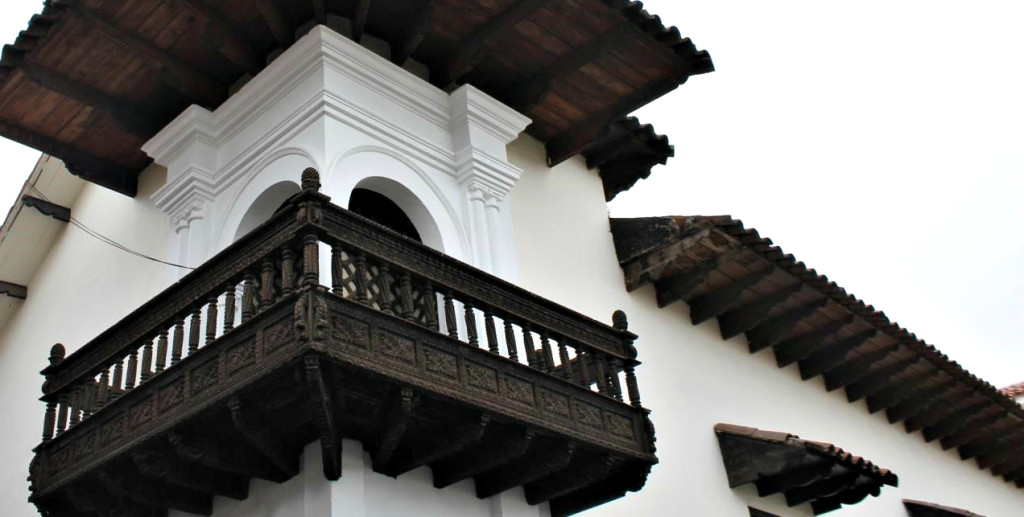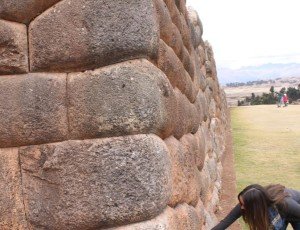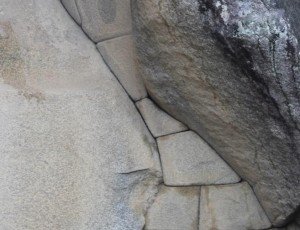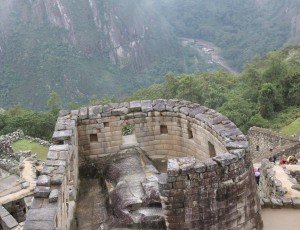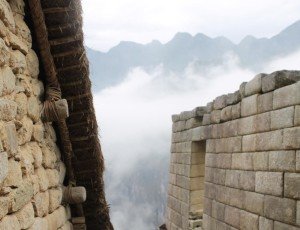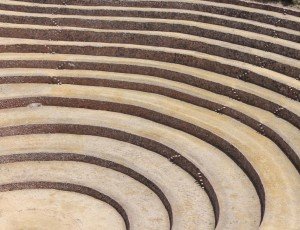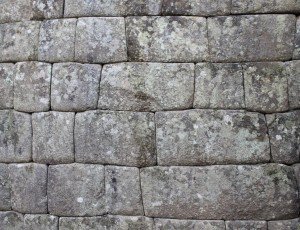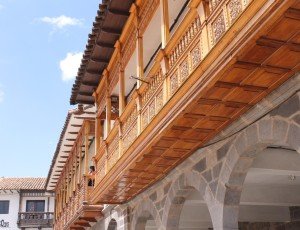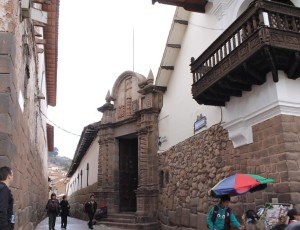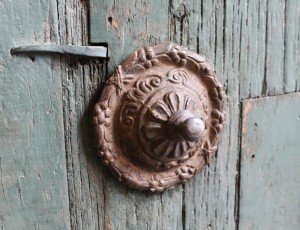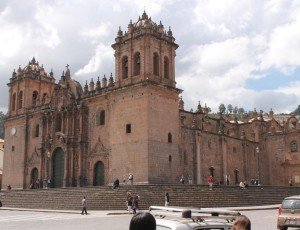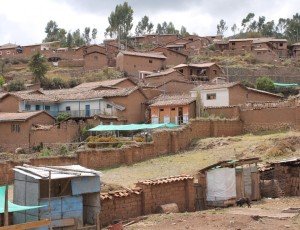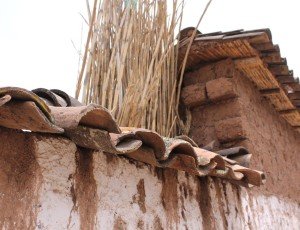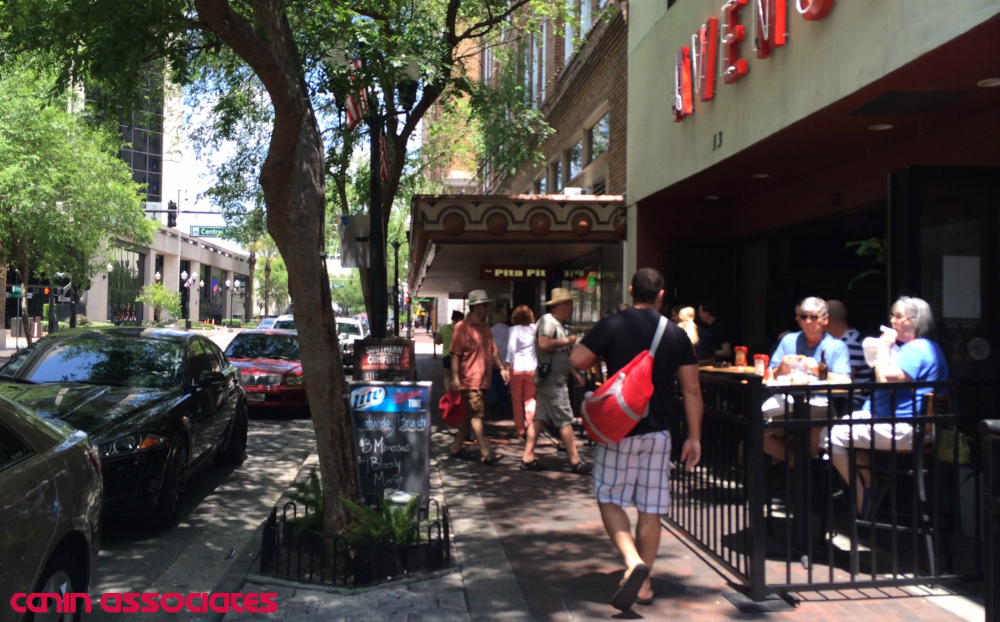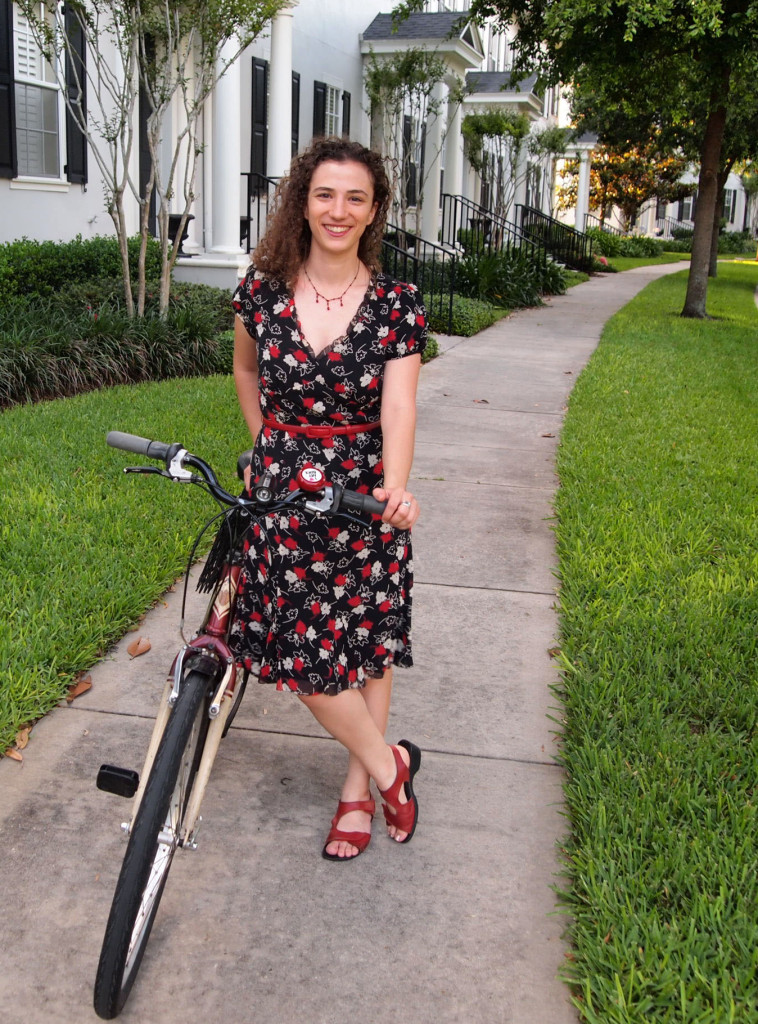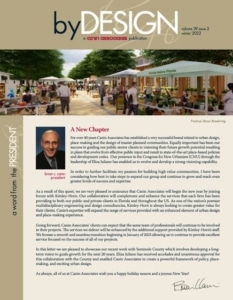Do Home Buyers Really Want Smart Home Technology?
As a home designer, for many years I’ve been greatly anticipating a time when we will see useful and affordable electronics as standard items in our homes to make our lives easier–whether they offer convenience or save us money. I am still waiting. Options are all out there; we have the technology, but the costs are not quite attainable yet. But new cars, at all price points, offer integrated Bluetooth technology, fuel monitoring, navigations systems, WiFi, etc. The auto industry has responded to consumer demand, so why hasn’t the housing industry done the same?
 “I want that!” Home electronics and automation selections can be overwhelming. If you have ever researched the latest home technologies, or ever heard a presentation, you may feel like a kid in a candy store as there are boundless options. For most, it’s a dream come true to live in a technologically advanced, fully automated home as if you were George Jetson yourself. You may find you “would really like this” or you “gotta have that”…and the list usually grows.
“I want that!” Home electronics and automation selections can be overwhelming. If you have ever researched the latest home technologies, or ever heard a presentation, you may feel like a kid in a candy store as there are boundless options. For most, it’s a dream come true to live in a technologically advanced, fully automated home as if you were George Jetson yourself. You may find you “would really like this” or you “gotta have that”…and the list usually grows.
But home electronics come at a cost, and frugal consideration must be given to home buyers’ needs and the conveniences they are willing to pay for.
What matters to homebuyers? A recent technology survey, “What Home Buyers Really Want,” presented at the 2015 International Builders Show, reveals what ranks at the top of buyer’s tech wish lists:
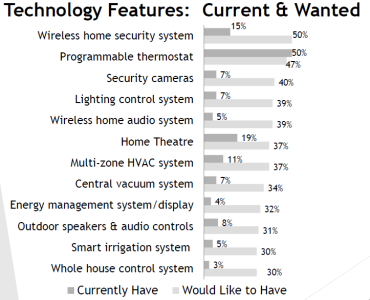
Since not everyone can afford it all, practicality rules. Level-headedness must prevail. But almost every type of buyer wants at least home security and programmable thermostats.
Millennial buyers seem to be the most tech savvy, but most are not in a financial position to be able to afford extras like central vacuums or lighting control systems. They are fine with their iPad controlled Apple TV and a wireless home theater surround sound system from Best Buy. For the most part, the same is true with the Gen-Xers and Boomers. Simple and easy-to-use gadgets that can be controlled with your smartphone seem to be what’s mainstream now.
Here are a few new, yet attainable, technology ideas that buyers may find to be “must haves” are slowly creeping their way into new homes, and Home Design and Building Professionals must adapt new plan designs to accommodate these needs:
- Charge Electronics Devices: Most new home designs have a drop zone, a small transitional area where you “Drop” things when you come home, usually located between the garage and the kitchen. This convenient space allows you to drop your keys, purse, phone, mail, etc. on your way in without having to drop it all on the kitchen countertops. Instead of equipping this counter with a normal duplex outlet to recharge your phones, use the new USB Duplex outlets here, which provide two USB plugs for any smartphone charger. Already growing in popularity in hotel rooms, these USB duplexes come in handy behind the nightstands in the bedroom or in the home office as well.
- Programmable Thermostat: Nest is a Learning Thermostat that learns your schedule, programs itself and can be controlled from your phone. Teach it well and the Nest Thermostat can lower heating and cooling bills up to 20%. ($250, nest.com).
- Front Door Locks: The bluetooth-controlled Kēvo is a new way to lock and unlock your front door without a key. Using your smartphone or keychain fob, this smart lock will unlock at the touch of a finger. The smartphone app lets you send e-keys, track entries and lock your home remotely. ($220, kwikset.com)
- Healthy Home: How much is clean air worth to your buyers? How do you eliminate the unpleasant microscopic, particle-sized pollutants that surround you indoors and how do you remove them from the air you breathe? Innovated in Sweden, Blueair purifiers use HEPASilent® technology to silently and effectively remove triggers like dust mites, allergens, volatile organic compounds (VOC’s), pet dander, mold, cigarette smoke, and more. ($330+, us.blueair.com)
- Wrinkle Free Clothes: Save yourself time and money from having to go to the drycleaners, and do it yourself, sans the iron and steamer. Available at Best Buy, Whirlpool’s new Swash is a 10-minute clothing care system ($500, Swash.com). In new home or remodel design, consider a space to store it in the laundry room or master closet, and provide an outlet for it as well.
Home design is constantly changing and evolving to meet the needs and lifestyles of today’s homebuyers – much like the invention of the toilet that launched bathroom design in homes, refrigerators replaced ice boxes and furnaces replaced fireplaces, home electronics are now making a significant impact on the way we live and the way we have to design homes today for tomorrow.

![WhirlpoolSwashPicture[1]](https://www.canin.com/wp-content/uploads/WhirlpoolSwashPicture1.jpg)
